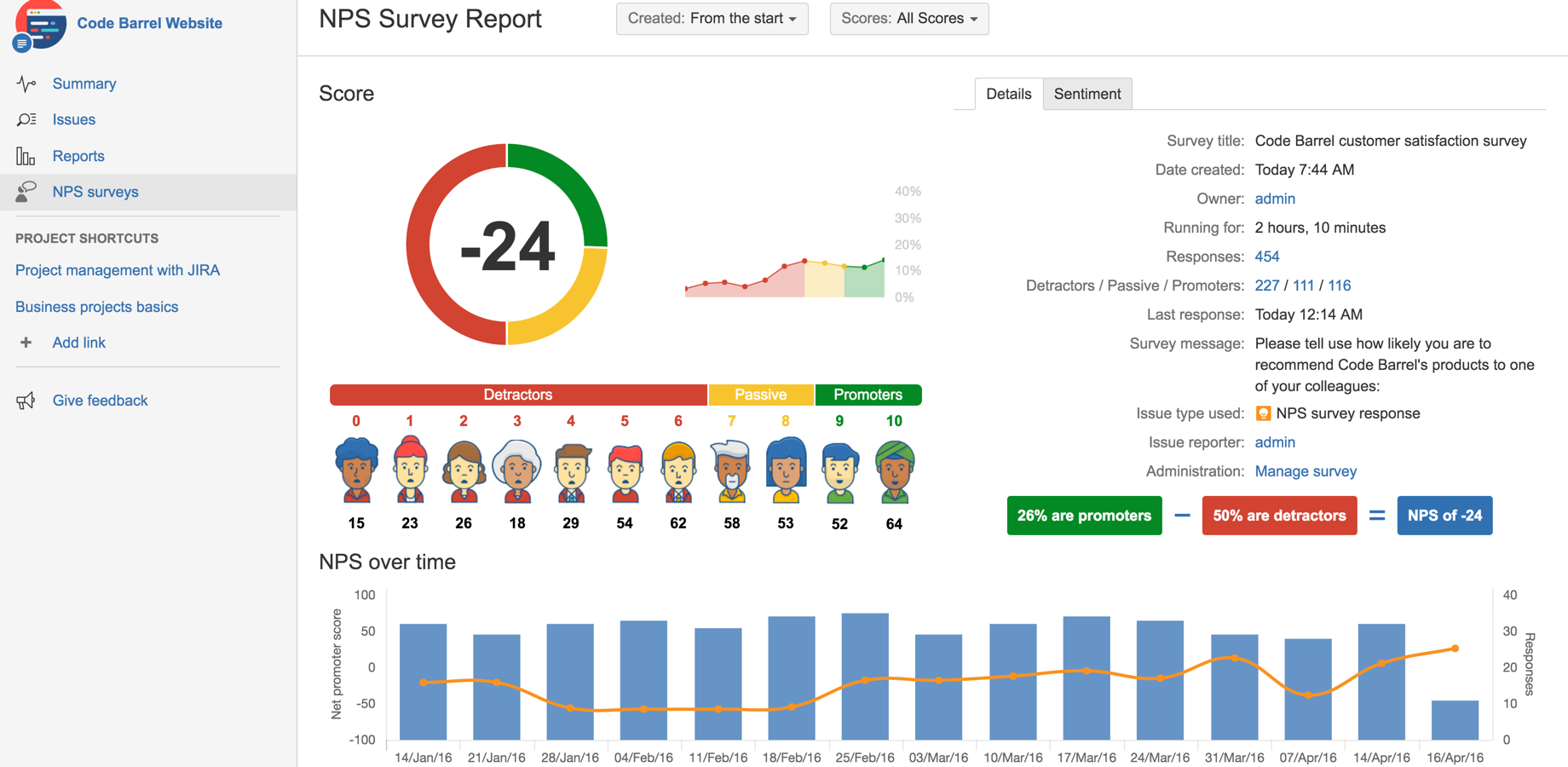

#Confluence jira client software
Here's some suggestions to help you get the most out of Confluence and Jira Software and unleash the potential in your agile development team. This is because Jira defaults to search Confluence cloud, over any other linked Jira applications. If you use a Jira cloud application, the option to search for a Confluence Server or Data Center page is only available in sites that do not have Confluence cloud.

How you do this depends on your Jira application, but there will be a Link option that will allow you to search for a Confluence page, or enter a URL. When viewing an issue in Jira, you can link it to a relevant Confluence page. The button doesn't detect links from issues displayed in the Jira Issues macro in table format. The dropdown, however, will only show details of issues, epics, and sprints that you have Jira permissions to view. The number on the Jira Links button indicates the total number of issues, epics, and sprints connected to that page, regardless of whether you have permission to view them. This makes it really easy to jump from Confluence to Jira and vice versa, speeding up your workflow. Whenever you add a link to JIRA issues in Confluence, or link to a Confluence page from your Jira application, the Jira Links button appears at the top of the Confluence page. There are some limitations when creating Jira issues from Confluence. The Jira Issues macro or Create Jira Issue dialog will notify you if it's unable to create an issue in the selected project. You can find out more in the Jira Issues Macro page. The issue will be created in Jira and added to your page.
Enter your server (if you have multiple Jira sites connected to Confluence), project, issue type, summary, and description. In the editor choose Insert > Jira Issue > Create new issue. If you don't see a popup when you highlight text, check that Text Select is enabled in your profile settings. If your text is in a table, you'll have the option to create multiple issues using text from the same column. Your highlighted text will populate the issue summary automatically. Enter your server (if you have multiple Jira sites connected to Confluence), project, issue type and description. Highlight some text on your page and choose the Create Jira issue icon that appears above the highlighted text. This is really useful if you use Confluence for planning and gathering requirements. 
You can create issues while viewing a page or from the within the editor.
Use JIRA Gadgets to display detailed Jira reports and charts on pages. Use the Jira Chart Macro to display data as a chart, including pie charts, created vs resolved, and two dimensional charts. Use the JIRA Report blueprint to create a Change Log or Status report. It's the best way to give your stakeholders a snapshot of your team or project's progress. In addition to the Jira Issues Macro, you can use the Jira Report blueprint or Jira Chart macro to show information from your Jira application visually. Reporting on information stored in Jira is simple in Confluence. Once you've added the macro, you can customize how the issue or list of issues appears on the page, including how much information to display, how many issues, and more. Follow the prompts in the macro browser to choose a project and search for an issue – you can even use JIRA Query Language (JQL). In the editor choose Insert > Jira Issue. /issues/?jql=project%20%3D%20CONF will insert the Jira Issues macro and display a list of issues matching the Jira search.Īlternatively, you can add the Jira Issues Macro to the page and search for issues directly:. /issues/?filter=56789 will insert the Jira Issues macro and display a list of issues matching the saved filter. /browse/CONF-1234 will insert the Jira Issues macro and display a single issue.







 0 kommentar(er)
0 kommentar(er)
